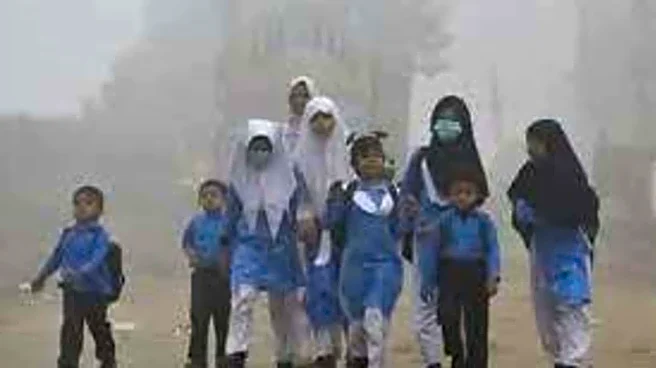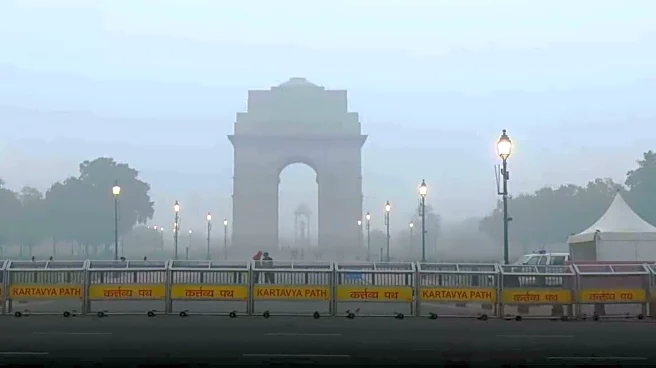While the Punjab – with Lahore as its capital – does not have its own air quality index, the provincial government said it is actively implementing the Smog Emergency Plan, especially in Lahore.
According to IQAir, Lahore’s air quality index (AQI) rose to a hazardous level -- 312, with its concentration of PM2.5, the most harmful particulate matter, reaching a staggering 190.5 micrograms per cubic meter.
“This level is over 25 times the World Health Organisation’s (WHO) annual air quality guideline. The real-time station ranking for Lahore is painting an even more alarming picture, with several areas crossing into the ‘hazardous’ threshold,” the IQAir said in a statement.
On Monday at 10 pm, Lahore topped the global chart of major cities, surpassing other perennial pollution hotspots like Delhi (AQI 220) and Kolkata (AQI 170), the statement added.
PM2.5 concentrations in Lahore’s air are multiple times above global safety thresholds, raising risks of respiratory and cardiovascular illness among other serious health issues, especially for children and the elderly.
Asserting that clean air is fundamental to human health, the WHO's 2021 air qulity guidelines recommended PM2.5 level at 5 microgram per metre cube annually and 15 microgram per metre cube daily while the PM10 level was recommended at 15 microgram per metre cube annually and 45 microgram per metre cube daily.
Smog, a toxic mix of vehicular emissions, industrial pollution, and seasonal agricultural/crop residue burning, has become an annual catastrophe for Lahore between October and February with this year’s data indicating a particularly severe start to the pollution season.
Earlier last week also, Lahore ranked as the world's most polluted city during October 22 to 25,m according to IQAir data. During those days, air quality plummeted to hazardous levels as smog blanketed the city and the overall AQI hit 412, prompting health warnings and a province-wide crackdown on pollution sources.
IQAir is a Swiss technology company that empowers individuals, organizations and governments to improve air quality through information and collaboration.
Environmental experts have urged residents to avoid unnecessary outdoor activity, particularly in the morning and evening, and wear masks when outside.
Meanwhile, the province's Environment Minister Marriyum Auranzeb said the government of Punjab is actively implementing the Smog Emergency Plan, especially in Lahore taking strict action against brick kilns, factories, and smoke-emitting vehicles.
Field teams from the Environment Department and Forest Department remain on 24-hour monitoring duty, while a zero-tolerance policy against crop residue burning is being enforced rigorously, she said.
In urban areas, artificial rain (sprinkling) and cleaning operations using smog guns are underway. Sprinklers have also been installed at construction sites to control dust dispersion.
/images/ppid_59c68470-image-176165757429744845.webp)

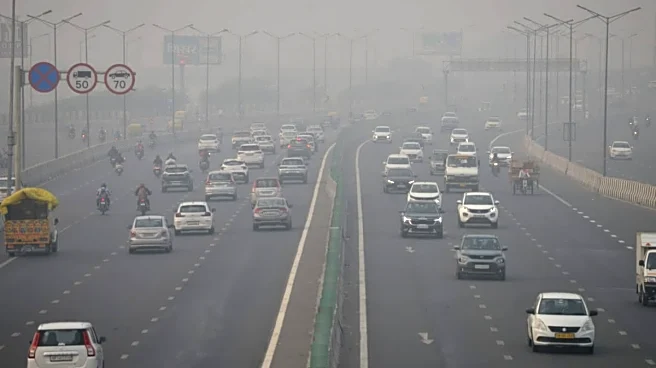

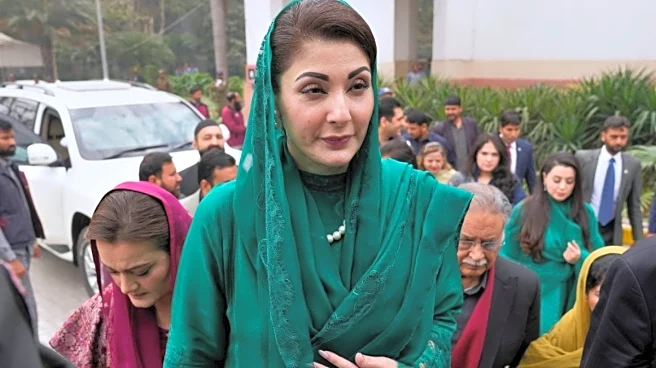
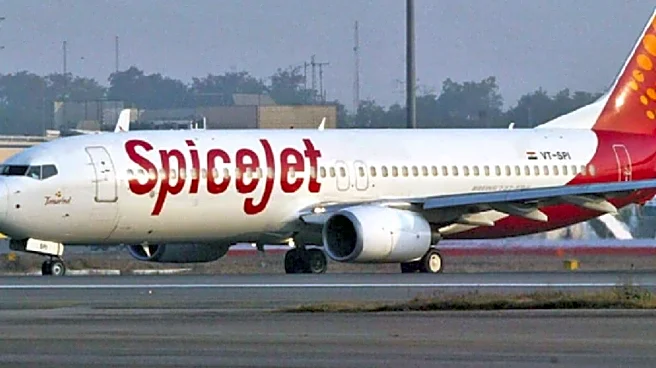
/images/ppid_a911dc6a-image-176161731167739725.webp)


